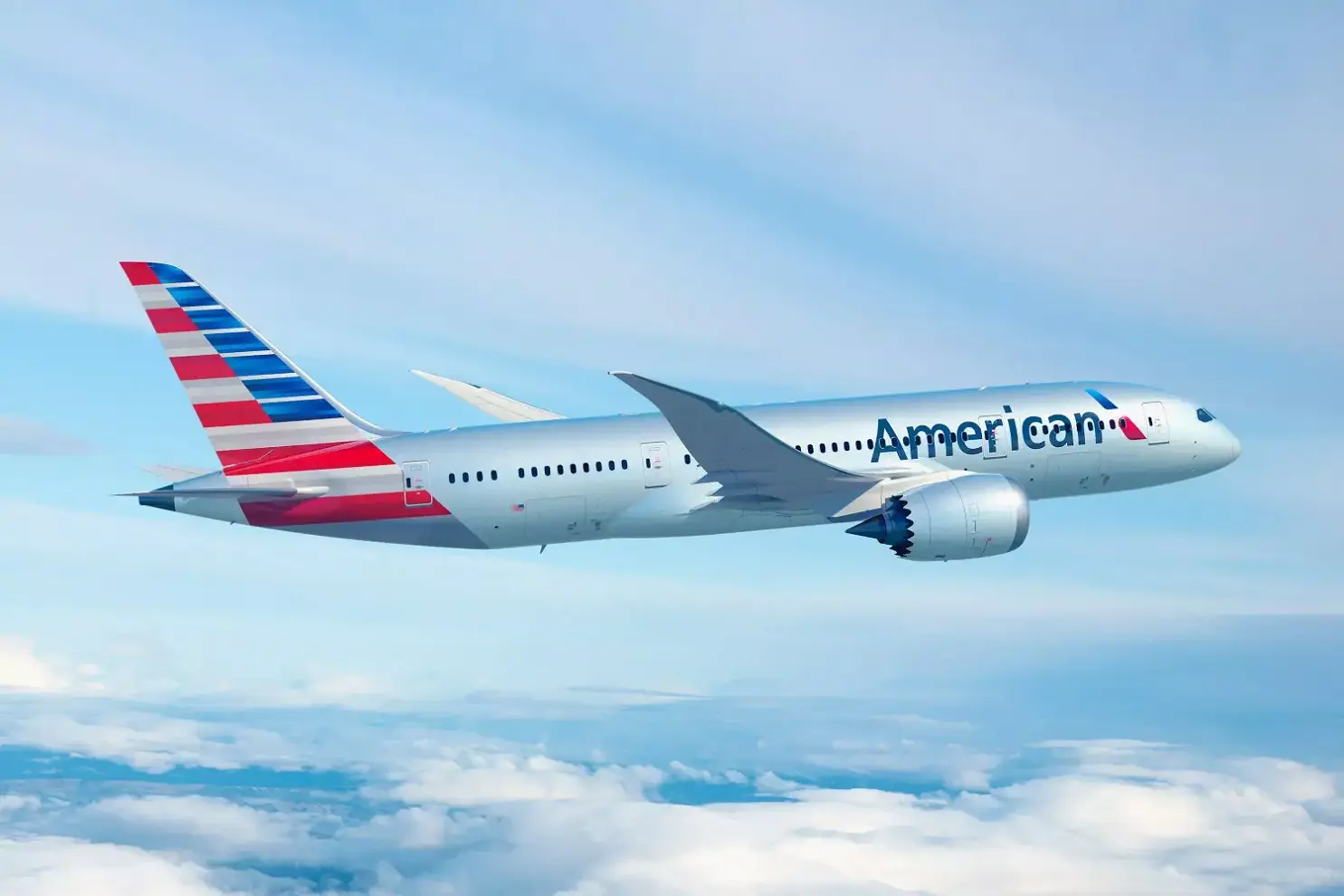
Published Date:Feb-11-2025 | Author:Saurabh Bidwai | Designation:Senior Research Associate
The Big Debt: Passenger Experience Enhancing Alliances
After 9/11, for some unknown reason, airlines shifted their focus away from their included services and onto a new business model known as supplementary revenue. This allowed airlines to reduce ticket prices by segmenting prices for services such as check-in, priority boarding, the travel itself, and, of course, the cherished luggage fees — giving consumers a similar overall total cost after the journey while nickel-and-diming them at various times.
Carriers were able to adapt their ticket costs based on the required service requirements thanks to these segmented services, allowing them to shift their total business to so-called low-cost airlines. Low-cost airlines have become the next big thing in the airline industry, allowing more people to fly across the world since the early 2000s. In the previous fifteen years, airlines like Ryanair, EasyJet, JetBlue, Spirit, and AirAsia have grown into powerhouses.
The main concern is whether legacy carriers will be able to retain their leisure travelers. Many companies have begun to imitate the newer low-cost airlines in an attempt to cut their pricing matrix while disregarding consumer loyalty. Due to the traditional carriers' service downgrades, as they battled for more domestic leisure consumers, customers from legacy carriers who did not travel on long-haul flights soon switched to low-cost airlines. Instead of altering their methods, Legacies polarised the market even more by focusing nearly solely on business passengers.
Major airlines' most recent bold move was to convert their miles systems to dollar-based programs, thereby turning valuable air miles into junk, not only by downgrading mile redemptions but also by raising the cost of award travel. Today, unless a customer is a worldwide business traveler, loyalty to any airline is pointless; it's even a waste of money in terms of the benefits gained by attempting to take advantage of special deals from any particular airline at any given moment.
Passengers are now asking themselves why they should be loyal to any airline at all?
Airline alliances such as Star Alliance, Sky Team, or Oneworld are the only ones that make sense because they allow users to use one account for global or regional travel on many airlines.
The issue is that these partnerships have made little progress in the last two decades, and by failing to update their commercial purposes, they are becoming increasingly outmoded. Their existence would be justified if they could change their offers and remodel the loyalty value of their partners.
For passenger experience, miles programs, and in-flight entertainment, alliances should operate as centralized customer service audit partners and advisors. They should standardize programs across all of their airline members to improve passenger perks, journeys, and reward travel alternatives. Unfortunately, this does not occur, and their business cases are becoming increasingly irrelevant, except joint airport lounge development, which is being challenged by additional vendors outside the airline industry, such as credit mogul Centurion Bank, more commonly known as American Express.
Despite this bleak picture, the Covid-19 problem offers a chance for atonement. The goal of this essay is to lay out the essential pillars that alliances will need to construct a new revenue model that not only helps their airline members but also rewards alliance members with benefits that make them the preferred option over non-traditional airlines.
Alliance firms must reinstate a customer-centric business approach and restore benefits to passengers that were taken away nearly two decades ago. Legacy airlines and their alliance groupings must adapt their strategies or risk losing their competitive advantage sooner rather than later.
The ball is in your court, Sky Team, Star Alliance, and Oneworld!
